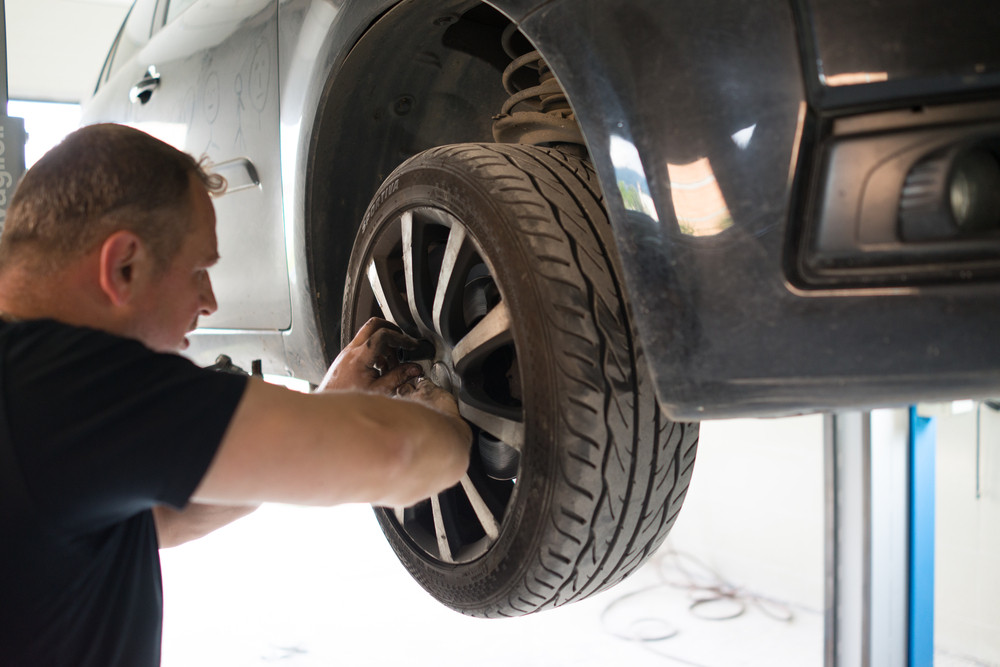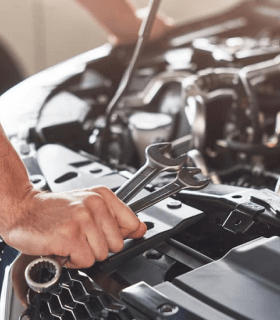Top Signs Your Rolls Royce Needs Immediate Brake Service
Top Signs Your Rolls Royce Needs Immediate Brake Service
- Jimmy Bernhard
- Published On: 9-July-2025

Top Signs Your Rolls Royce Needs Immediate Brake Service
Owning a Rolls Royce is a symbol of unmatched luxury, performance, and prestige. However, just like any other vehicle, your Rolls Royce requires consistent maintenance to perform at its best. Among the most critical components of your vehicle is the braking system. When your brakes start showing signs of wear, they must be addressed immediately to prevent costly repairs and maintain your safety on the road. In this guide, we’ll go over the most common warning signs that indicate your Rolls Royce needs immediate brake service.
Why Brake Maintenance Matters for Your Rolls Royce
The braking system in a Rolls Royce is engineered to deliver smooth, responsive, and reliable stopping power. However, over time, parts like brake pads, rotors, and fluid wear down. Because your vehicle is heavy and built for performance, brakes endure more stress than in a standard car. Therefore, timely brake service ensures safety, prevents long-term damage, and saves you from expensive repairs later on.
Top Warning Signs Your Rolls Royce Needs Brake Service
1. Squealing or Grinding Noises
One of the most noticeable signs of brake trouble is a high-pitched squeal or grinding sound when pressing the brake pedal. Squealing usually means your brake pads are worn down, while grinding could indicate that the metal parts are rubbing together. If you hear either noise, you should schedule service right away.
2. Soft or Spongy Brake Pedal
When you press the brake pedal, it should feel firm and responsive. However, if it feels soft, spongy, or sinks too close to the floor, it may point to air in the brake lines or low brake fluid. Either issue requires immediate attention to restore proper braking performance.
3. Warning Lights on the Dashboard
Modern Rolls Royce models feature advanced brake monitoring systems. If you notice the brake warning light or ABS (Anti-lock Braking System) light illuminated on your dashboard, do not ignore it. These indicators often mean that a sensor has detected a problem requiring urgent service.
4. Vibration or Shaking While Braking
If you feel vibrations or shaking in the steering wheel or brake pedal when slowing down, warped brake rotors may be to blame. This issue not only compromises performance but can also damage other parts of the braking system if left untreated.
5. Longer Stopping Distances
Another critical sign is if your Rolls Royce takes longer to come to a complete stop than it used to. This reduced responsiveness often points to worn brake pads or low brake fluid levels. Because this impacts your safety directly, you should have the brakes inspected immediately.
How to Prevent Costly Brake Repairs
Preventing brake problems begins with consistent maintenance and early detection. Make sure to:
Schedule routine brake inspections every 10,000–15,000 miles.
Replace brake pads before they completely wear out.
Flush and replace brake fluid as recommended by your manufacturer.
Avoid aggressive braking, which accelerates wear on the system.
By following these steps, you’ll keep your Rolls Royce performing at its peak while avoiding costly brake repairs.
"A stitch in time saves nine applies to your car as well. Regular maintenance is the best way to avoid costly repairs down the road."
Henry Ford, American automobile pioneer
Conclusion
Your Rolls Royce deserves only the best care, and that includes staying on top of brake service. Paying attention to warning signs such as squealing brakes, spongy pedals, or dashboard lights will help you take quick action before the problem worsens. By scheduling regular maintenance and addressing brake issues promptly, you’ll ensure both your safety and the long-lasting performance of your luxury vehicle.
FAQs
1. How often should I replace the brake pads on my Rolls Royce?
Brake pads should generally be replaced every 30,000–50,000 miles. However, this depends on driving style and conditions.
2. Why does my Rolls Royce brake pedal feel soft?
A soft pedal often points to air in the brake lines or low brake fluid levels, both of which require immediate service.
3. Can I drive my Rolls Royce if the brake warning light comes on?
It’s not recommended. Driving with a brake warning light may compromise your safety. Schedule a professional inspection as soon as possible.
4. What happens if I ignore squealing or grinding brakes?
Ignoring these noises can lead to metal-on-metal contact, which damages rotors and results in more expensive repairs.
5. How do I extend the life of my Rolls Royce brakes?
Avoid aggressive braking, schedule regular inspections, replace brake pads on time, and maintain proper fluid levels.




